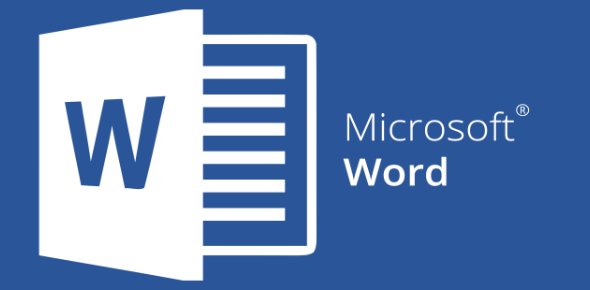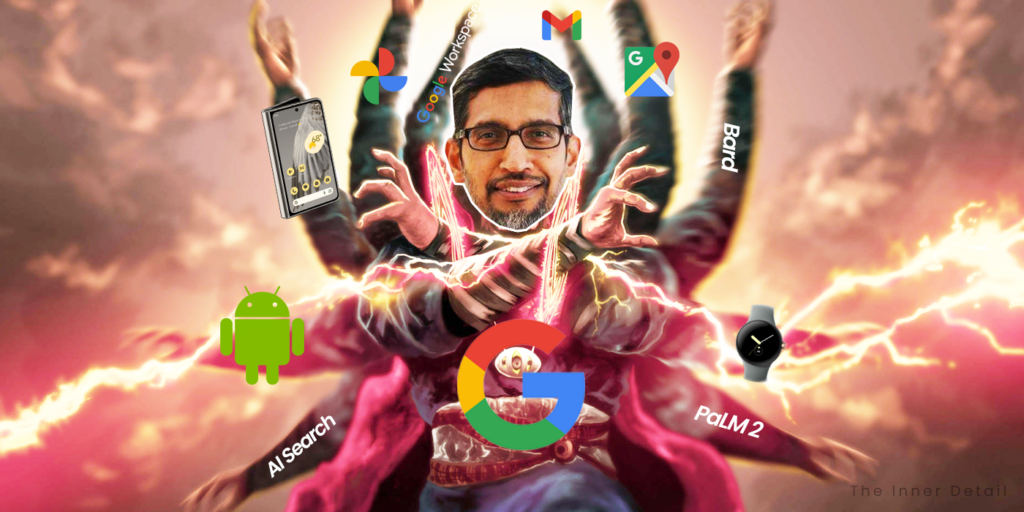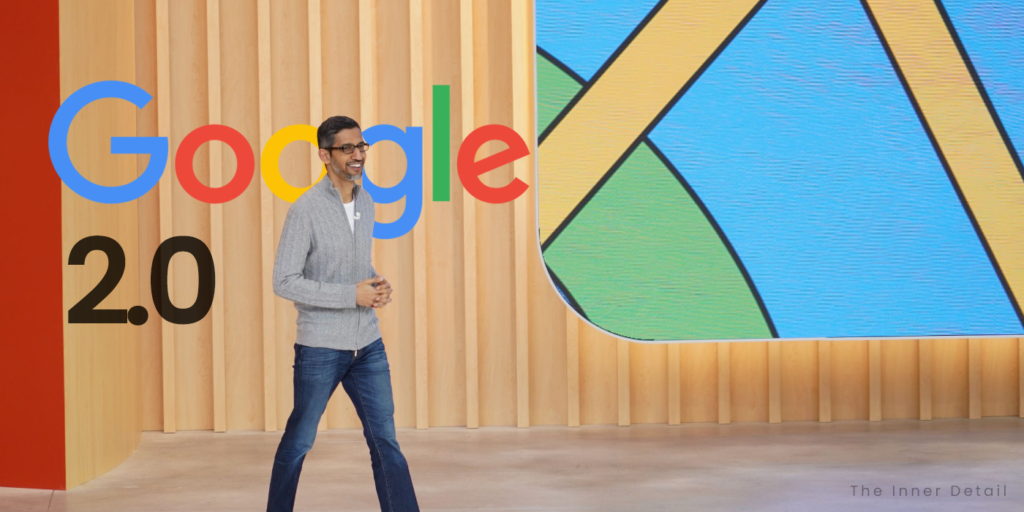A constant buzz that’s been wavering in the tech-news for the past weeks, called web3 has put the readers untold on what it actually means or gonna do. Alongside blockchain, bitcoins, metaverse, web3 joins the list endeavoring the top-techs of the decade.
So, What Web3 actually means?
Before stepping onto Web3, let us skim about its previous versions – web1 & web2. Likely the networks (2G,..,5G, 6G), internet also undergoes its upgrades over years. Web1 refers to the first release of basic internet with only access to passive read & get to know the information on the web. While web2 means of user-generated web, generally citing social-media, where internet users can communicate or leave a note into the web.
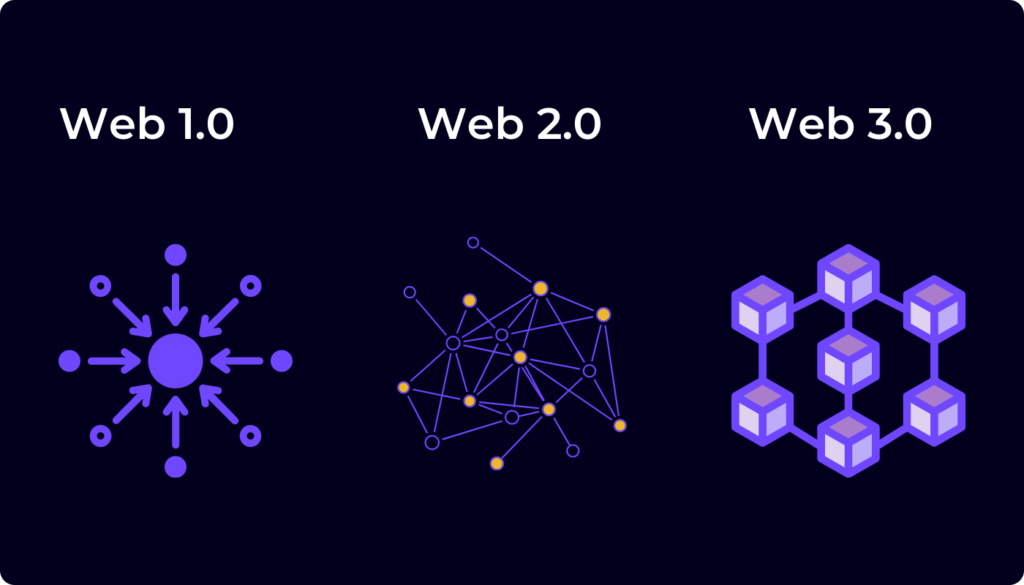
The previous versions of web – web1 & web2 are actually owned by a company like Google, Bing in web1 and Meta & Twitter in web2, called to be as ‘centralized’, meaning ‘owned by an organization / company and controlled by regulations set out by government’.
And finally, the under-development Web3 will be decentralized although combining open source web1 and user-interactive web2. You might’ve come across the word ‘decentralized’, if you’d read blockchain out. Yes, Web3 deploys blockchain technology, built around decentralization and distributive computing. Let me quickly brief you the two terms.
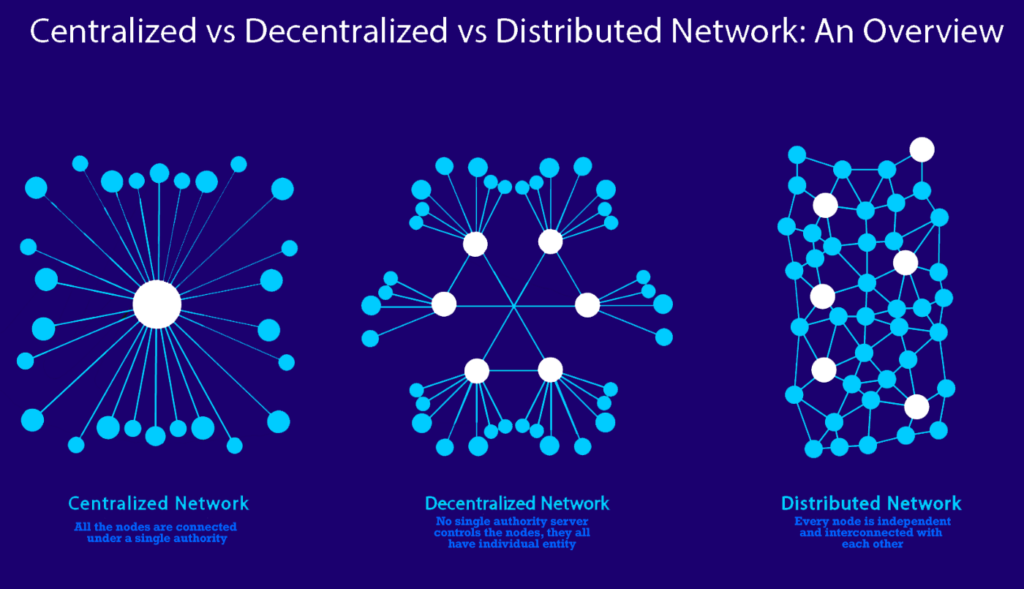
Decentralization
Decentralizing – literally referring to its synonym, involves no control by any organizations or company on the stored data. To explain it in more detail, every data you feed, say username, date of birth, phone-number into any app, Instagram or twitter for example will be stored in the company’s server. And the company has access to all your fed data and given the right to manipulate without your permission. Decentralization puts a period here. By decentralizing the web, company can’t access your data, though storing them in their server, but only you could. The process also means decentralized encryption.
Distributive Computing
And distributed computing means that the file is shared across many computers or servers. If one particular copy of it does not match all of the other copies, then the data in that file isn’t valid. This adds another layer of protection, meaning no one person other than whoever is in control of the data can access or change it without the permission of either the person who owns it or the entire distributed network. And even if the company shut down or remove their server, the data is still accessible on one of the hundreds of other computers that it’s stored on.
In short, your data will be stored in many of the computers / servers around the world, and still it’s non-viable to read the data without the key given to you.
Defining Web3 and Example
Web3 refers to be the ‘big-tech’, and idealizes on upgrading the world wide web built on blockchain technology deploying a secure, scalability and privacy for users. The technical infrastructure of web3 aims to provide an open-source, trustless and permissionless software to the people, thus esteeming the user’s data and privacy.
While, open-source correlates to encryption and trustless to precluding any third-parties into the data-transfers, permissionless means requiring no permission from a third party for any transaction.
A good example collaborating all these points is – transaction of bitcoins. Bitcoins neither involves a third-party for a transfer nor is controlled by any organization / company.
And here are other platforms deployed by use of the tech.
Diaspora – Decentralized Social Network
Steemit – Blogging and Social Platform based on Blockchain
Web3 and Metaverse
The metaverse, if you’ve been following along, is the term we’re using these days for immersive digital worlds in which users can socialize, play games, attend meetings and do other activities together. It’s the vision Mark Zuckerberg outlined when he announced that Facebook was changing its name to Meta.
And some crypto proponents believe that web3 is an essential part of the metaverse, because it would allow for the creation of metaverses that aren’t controlled by a single company or governed by a single set of rules.
Related Post
Many objects in the metaverse may also be crypto tokens, if the web3 crowd has its way. Your metaverse avatar might be an NFT. Your metaverse house might come with governance tokens or qualify you to join a neighborhood DAO. The mortgage on that house might even be packaged into a mortgage-backed security token and sold on a decentralized exchange.
Disadvantages of Web3
Though the potential web3 possess, it is cursed by few top-CEOs of the world – Elon Musk and Jack Dorsey indeed.
Procrastinating big questions, web3 still haven’t answered for safety and legality issues if raised due to lack of regulation over communications and interactions. We’ve already seen governments attempt to create legislation that will allow them to retain some level of control over communications and interactions on the web3. This includes the UK Government’s indications that it would like to regulate citizens’ ability to send end-to-end encrypted messages.
Musk about Web3:
“I’m not suggesting web3 is real — seems more like a marketing buzzword than reality right now — just wondering what the future will be like in 10, 20 or 30 years. 2051 sounds crazy futuristic!
A day later, Musk followed up saying: “Has anyone seen web3? I can’t find it.”
Jack Dorsey uttering on Web3, says though is decentralized and distributive, it’ll owned by VCs.
Though criticizes on the tech has been fed out, web3’s originality will be seen only after complete development and implementation to the user-front. Procuring the people’s security and privacy, on what a recent buzz on Meta’s non-fulfillment was about, web3 could have immense prospects in functioning.
So, what do you think about Web3’s advent? Share your thoughts in the comment section…
(Credits to Jeeva Ananth V for suggesting the topic!)


